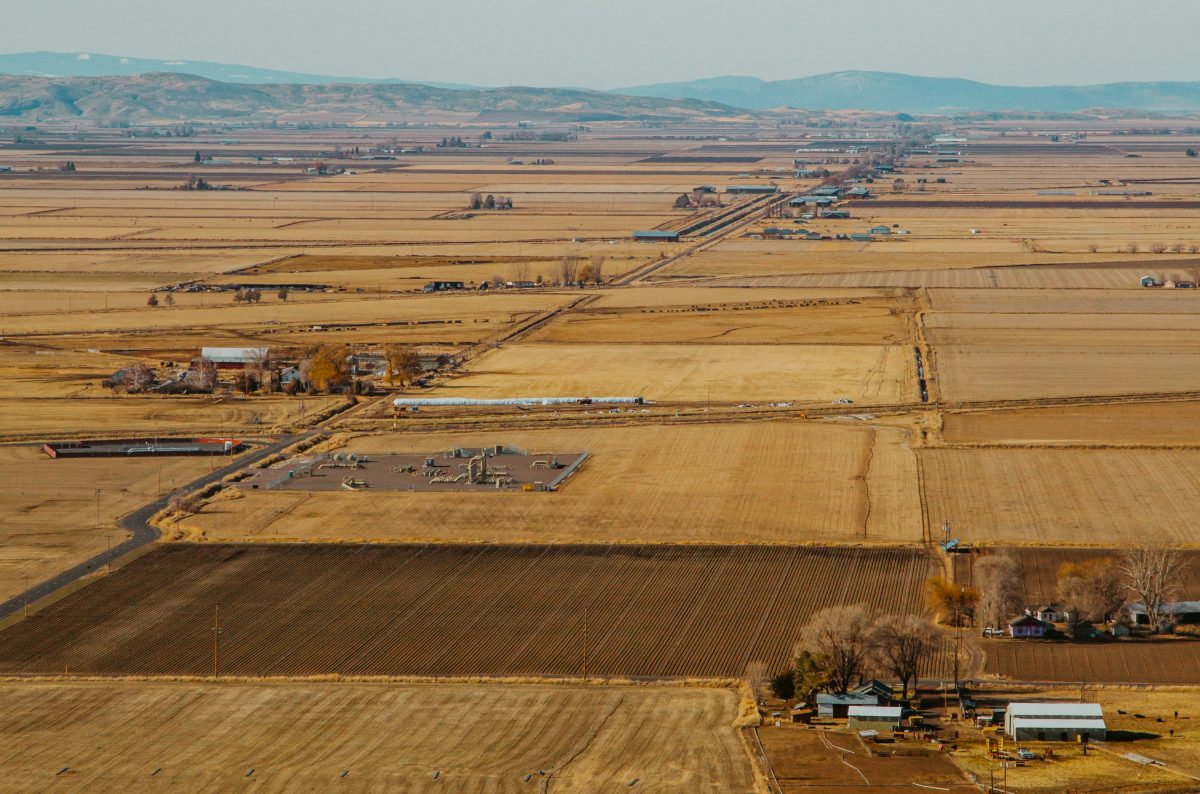Words by Claire Rischiotto, Photos by Meghan Jacinto
[dropcap]I[/dropcap]n the arid city of Bend, Oregon, where it rains up to 9 inches a year, is an aptly named house called Desert Rain. The owners of this home, Tom Elliott and Barbara Scott, sought to do something that had never been done: build a sustainable home that would be the first residence in the world to win the prestigious Living Building Challenge (LBC). Sitting on top of a small hill in downtown Bend, Desert Rain looks like a modern cabin with its arching angular rooftops and smooth, warm colors of brown wood that complement its desert surroundings. As the designer of the home puts it, this more than just a sustainable home. “Every material here has a story,” says Al Tozer, the architect.
In 2008, Elliott and Scott embarked on a journey to find a design firm that could make their dream home a reality. After listening to several proposals, they selected Tozer’s design firm Tozer Design, which was founded on a principle of sustainable design. Well into a year of designing a sustainable home, Elliott and Scott listened to a TedTalk by Jason McLennan, a University of Oregon graduate and one of the founders of the Living Building Challenge. Tom says he and his wife were inspired by the metaphor McLennan uses to explain LBC’s approach to building: “Imagine a flower, it puts its roots down and it lives off the water. It lives off of the energy and strikes petals from photosynthesis. It doesn’t pollute. Our buildings should be like a flower.” They adopted this as their philosophy, according to M.L. Vidas, the product sustainability consultant for Desert Rain and its other two dwellings. Initially, Elliott says he would have been satisfied with just buying a home in Bend and installing solar panels. But his wife wanted to do more. He says, “She pushed for us to do something more extreme.”
Designing their home and accompanying dwellings, Desert Sol and Desert Look-out, on the property meant creating a structure that would essentially be alive. The home would generate energy through solar panels and gather water for the sinks, showers, and toilets. Not only would the home be able to collect and produce energy, it collected and produced more than what the owner’s use. But building this home meant spending $3.48 million.
One of the biggest hurdles for the team of designers, architects, and professionals on-site was that this feat of building a home that met LBC requirements had never been done before. Not to mention that, as Tozer says, 99% of the buildings built today still are not LBC certified. This made it especially difficult for Tozer’s team to hire companies that not only sold sustainable products that met LBC standards, but also finding businesses that would disclose what their products were made of and where and how it was made.
Unlike most $3 million dollar plus homes, the intent behind Desert Rain was not to just create a lavish abode. Much of the cost was due to resourcing materials that weren’t on what LBC calls the “red list.” Ultimately, as Tozer explains, Elliott and Scott wanted a living space that would help preserve the environment and inspire other home owners looking to build sustainable homes.
Fulfilling the LBC requirements, Tozer explains, meant paying extra for sustainable versus common housing materials. Common everyday products from paint to, adhesives to glue could not be used because of the harmful chemical effects that emit into the air. Even using PVC for piping was not allowed because of the toxic chemicals released during manufacturing, so instead builders had to use glass-fiber, which is significantly more expensive and less commonly used, to the point where many of the architects on the team had never installed the material before.
Though the cost was high, and the time to design and build the home demanded three extra years compared to building a “normal” home, for Tozer, being a part of the team to build this was “not hoping for any financial payoff,” he says, “but more hoping their investment would be an opportunity to create a new paradigm of how to build, provoke conversation and inspire good ideas.”
The Desert Rain House is located at the top of a small hill in the Old Mill District neighborhood in Bend, Oregon.







![Before dinner, Paige gives James his medicine in the form of a cannabis oil filled capsule. James takes about 45mg of CBD and THC/THCA oil throughout the day. The CBD helps reduce his seizures while the THC and THCA helps regulate his emotions and impulse control. “He is more able […]](https://ethos.dailyemerald.com/wp-content/uploads/2018/01/d78a0fd1da4fdc3992cdea4aebdc20db-1200x800.jpg)


![[Photo Courtesy of the Lara Family]
Ruben embraces his beloved childhood goat, Katrina.](https://ethos.dailyemerald.com/wp-content/uploads/2025/05/katrina-1-1060x1200.jpg)


